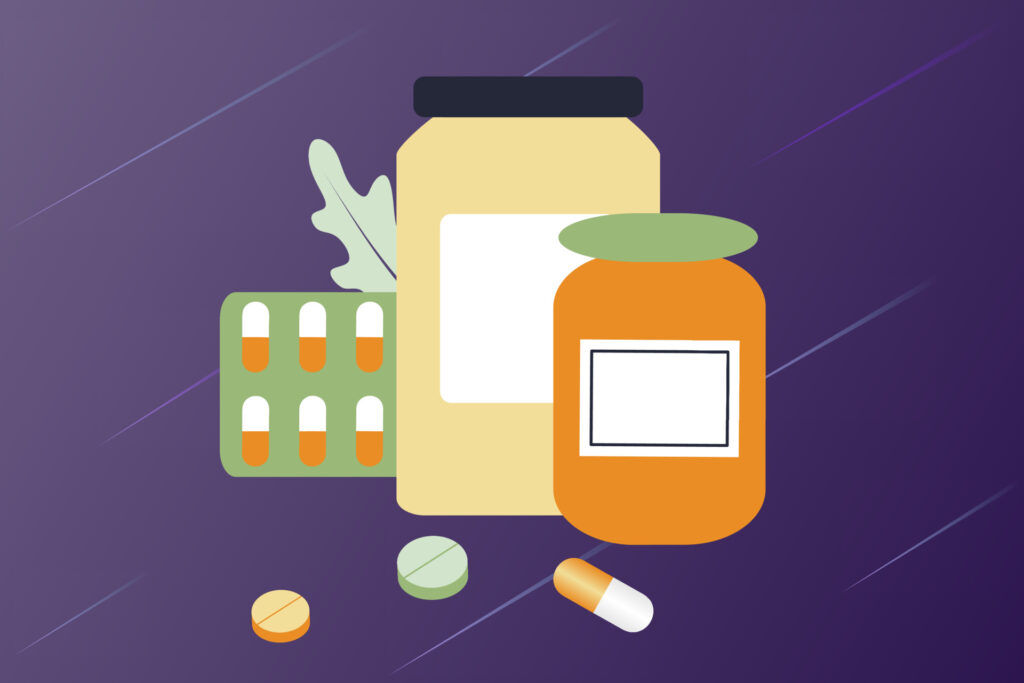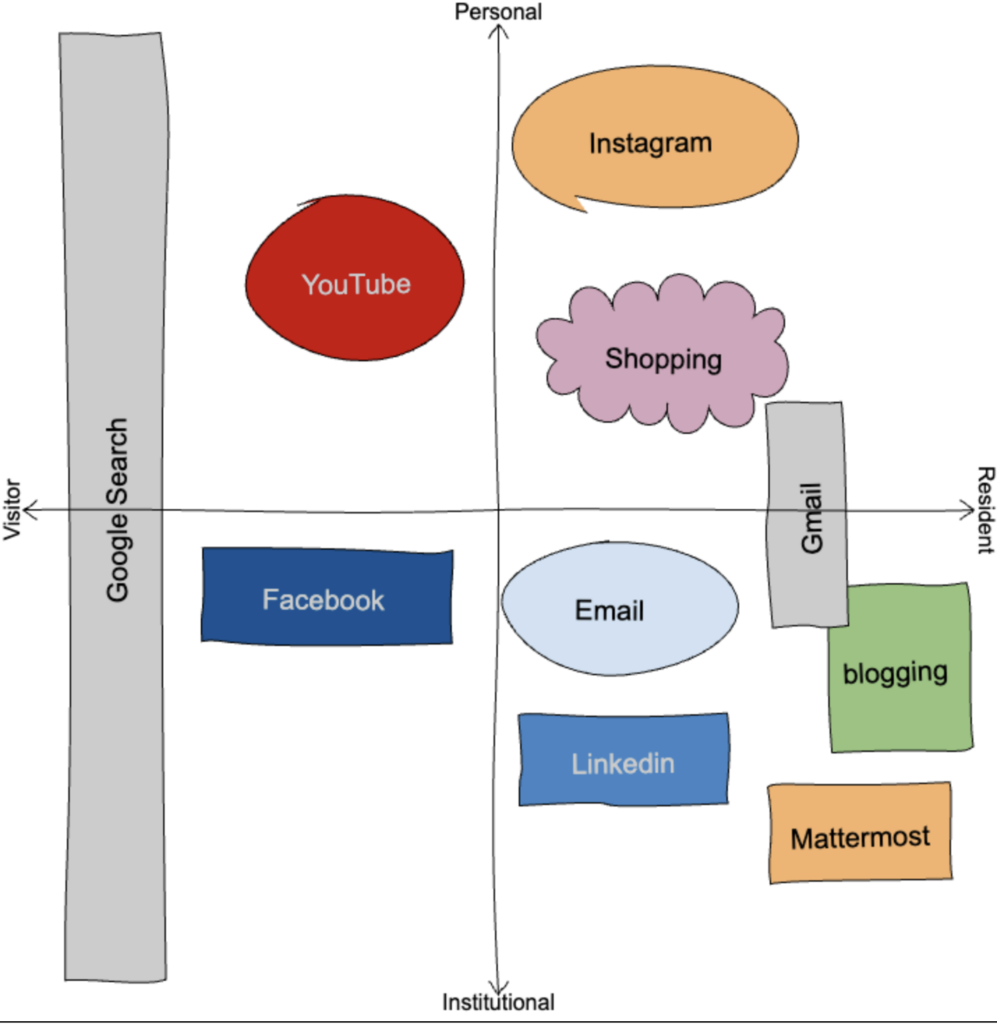
How are you building a network of individuals who are dynamic, reliable, and participatory?
To establish a network of individuals who are dynamic, reliable, and participatory, it is important that the people in it establish shared values and have strong communication. This will help the network to grow in a healthy way where the member of this network gains from each other beneficial knowledge. Thus, this helps the network to continue.
During my second year at UVic in 2021, I was the general coordinator for a club where we helped new students who come from the middle east and Africa to settle in Canadian universities and Victoria. Part of my duties was encouraging students to volunteer in this club. A successful way of tackling new volunteers was sharing with students in classes about the great cause this club does. The students who joined this club were individuals who had a passion for helping refugees and shared similar values with each other. That year, we made a great team of volunteers who helped students to feel welcomed in their new country. Not only volunteers and new students worked together, but they got to know each other. This helped to build a dynamic network where people learned about each other passions, hobbies and goals and relied on each other to make the first year successful. Two years after, the volunteers are still participating by sharing various opportunities with the new students and keeping them in touch with a larger network. This is an example of how sharing the same value and strong communication can help to build a network of dynamic, reliable, and participatory individuals
Are you leveraging healthy relationships from your PLN for growth?
I have not yet built a PLN, however, it would be essential to build a healthy relationship with a network. Bianca Woods shared that using PLN helps to learn new ideas and increase your knowledge about certain topics (2013). This knowledge can be achieved through healthy relationships from PLN and thus can allow me to grow as a person and grow my knowledge about the pharmaceutical industry.
How would you create a PLN prior to engaging a social media campaign on a topic of your choice?
Since I am interested in the pharmaceutical industry, my campaign topic would be about drugs and medications pharmacists can prescribe now in BC. I would start my PLN by identifying who are the individuals I want to network with, discuss, and share insights regarding this field. Moreover, before announcing the campaign it is important to establish a solid presence on social media as Sophie Lui shared that ” social media will be good for me for a couple of reasons, it will keep me relevant and in the public eye ,” This can be achieved by engaging with individuals through commenting on the post, sharing articles, and sharing opinion related to the campaign topic. Furthermore, attending webinars and events where connecting with individuals and expanding network can be achieved. Also, share with PLN what the campaign goals are to help better approach the campaign. All of these steps can help build and expand the knowdelege about the campaign topic
Reference
Picture: https://www.beingguru.com/build-strong-personal-networks/
Miller. (2022). Sophie Lui – EDCI338. [Vidoe]. YouTube. Retrieved June 25, 2023, from https://www.youtube.com/watch?v=wfcXgKLzOVM.
Woods, B. (2013). Building your own PLN: seeking new insights and ideas? Expand your personal learning network. Association for Talent Development (ATD). 67(11), 70+. doi: https://go-gale-com.ezproxy.library.uvic.ca/ps/i.do?p=ITBC&u=uvictoria&id=GALE|A348998538&v=2.1&it=r&sid=summon


